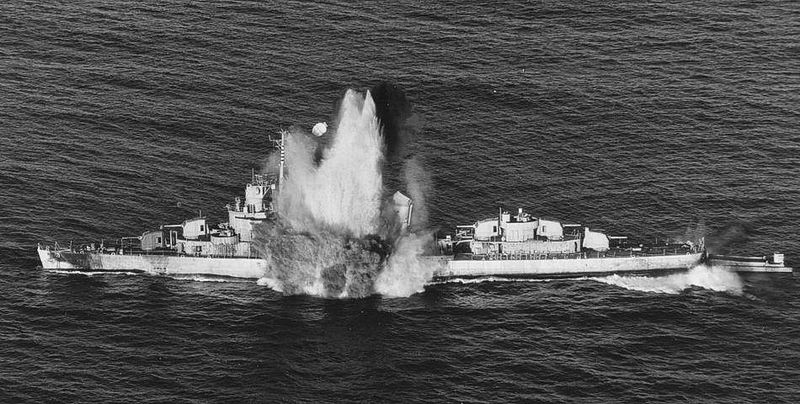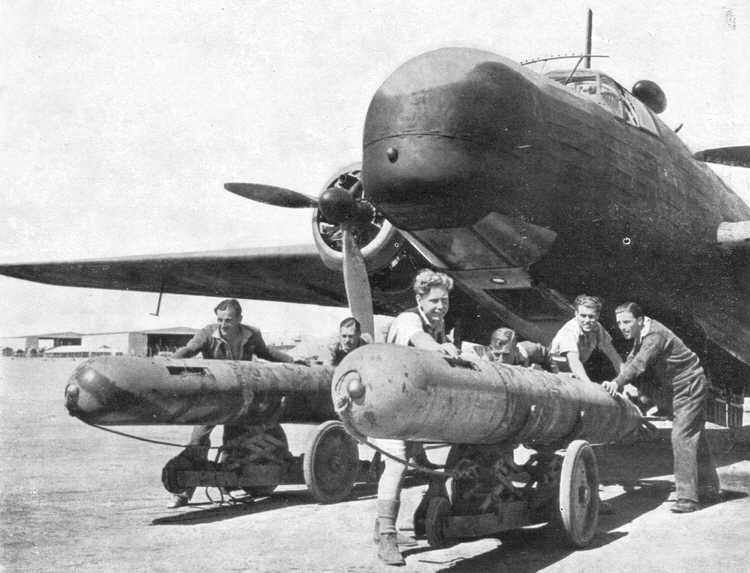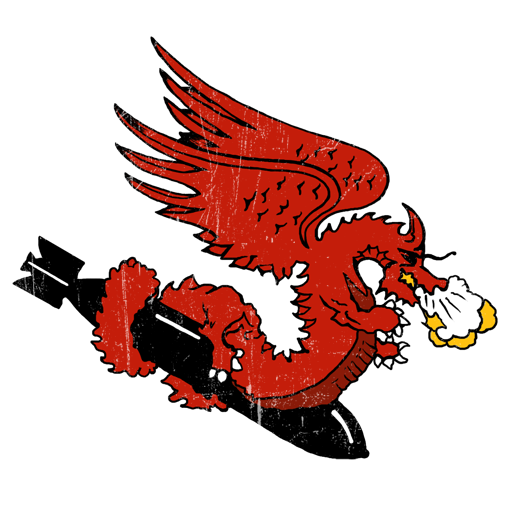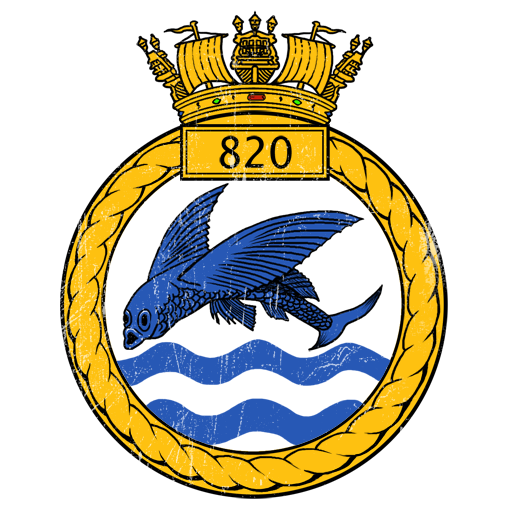
System Requirements
- For PC
- For MAC
- For Linux
Minimum
- OS: Windows 10 (64 bit)
- Processor: Dual-Core 2.2 GHz
- Memory: 4GB
- Video Card: DirectX 11 level video card: AMD Radeon 77XX / NVIDIA GeForce GTX 660. The minimum supported resolution for the game is 720p.
- Network: Broadband Internet connection
- Hard Drive: 23.1 GB (Minimal client)
Recommended
- OS: Windows 10/11 (64 bit)
- Processor: Intel Core i5 or Ryzen 5 3600 and better
- Memory: 16 GB and more
- Video Card: DirectX 11 level video card or higher and drivers: Nvidia GeForce 1060 and higher, Radeon RX 570 and higher
- Network: Broadband Internet connection
- Hard Drive: 75.9 GB (Full client)
Minimum
- OS: Mac OS Big Sur 11.0 or newer
- Processor: Core i5, minimum 2.2GHz (Intel Xeon is not supported)
- Memory: 6 GB
- Video Card: Intel Iris Pro 5200 (Mac), or analog from AMD/Nvidia for Mac. Minimum supported resolution for the game is 720p with Metal support.
- Network: Broadband Internet connection
- Hard Drive: 22.1 GB (Minimal client)
Recommended
- OS: Mac OS Big Sur 11.0 or newer
- Processor: Core i7 (Intel Xeon is not supported)
- Memory: 8 GB
- Video Card: Radeon Vega II or higher with Metal support.
- Network: Broadband Internet connection
- Hard Drive: 62.2 GB (Full client)
Minimum
- OS: Most modern 64bit Linux distributions
- Processor: Dual-Core 2.4 GHz
- Memory: 4 GB
- Video Card: NVIDIA 660 with latest proprietary drivers (not older than 6 months) / similar AMD with latest proprietary drivers (not older than 6 months; the minimum supported resolution for the game is 720p) with Vulkan support.
- Network: Broadband Internet connection
- Hard Drive: 22.1 GB (Minimal client)
Recommended
- OS: Ubuntu 20.04 64bit
- Processor: Intel Core i7
- Memory: 16 GB
- Video Card: NVIDIA 1060 with latest proprietary drivers (not older than 6 months) / similar AMD (Radeon RX 570) with latest proprietary drivers (not older than 6 months) with Vulkan support.
- Network: Broadband Internet connection
- Hard Drive: 62.2 GB (Full client)
Ground/Sea Attack Tactics - Part 3: Torpedo Attacks
Attention! Outdated news format. Content may not display correctly.
Attention! This news was published on the old version of the website. There may be some problems with news display in specific browser versions.
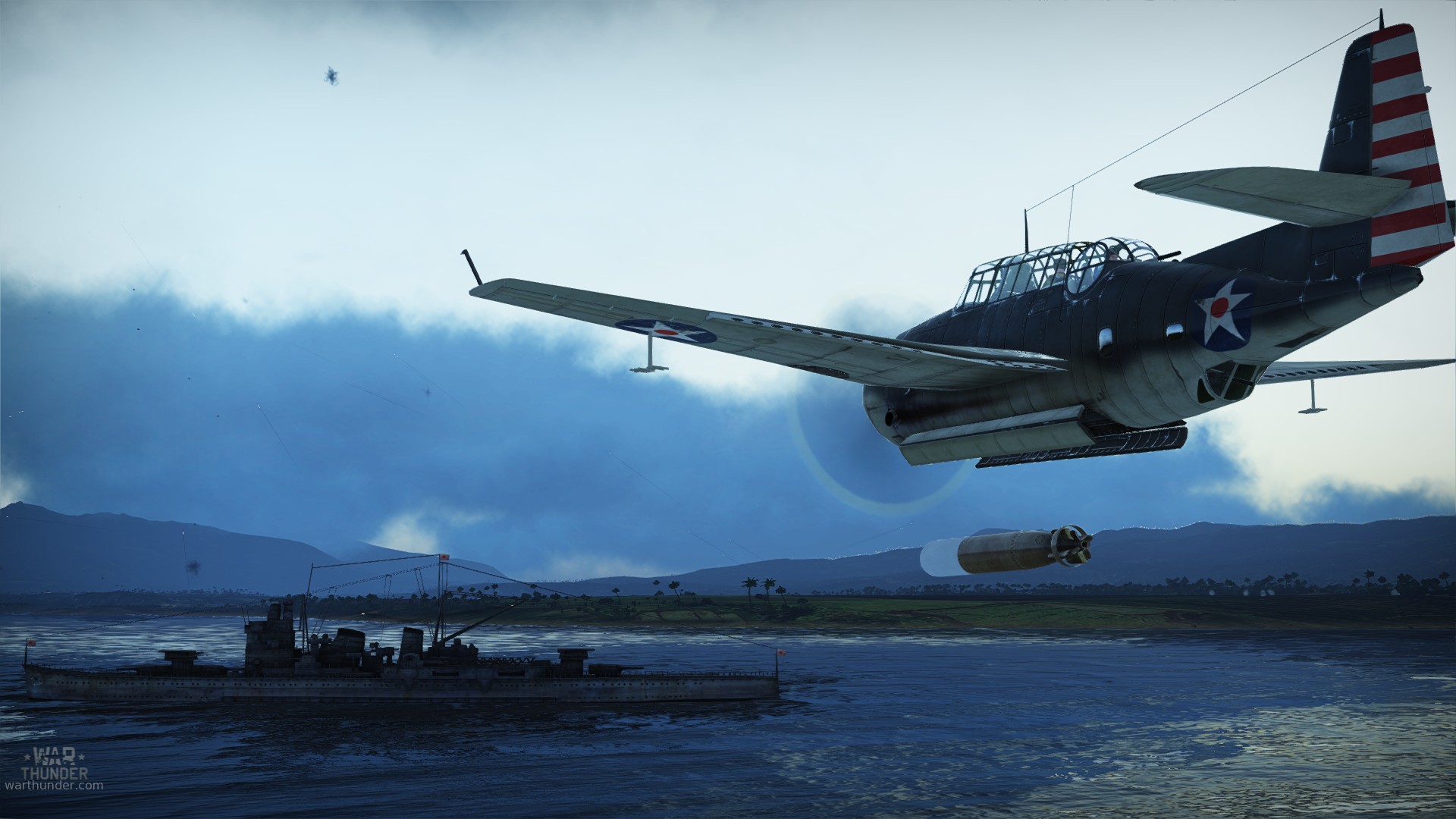
From 7am GMT April 4th to 7am GMT April 5th
30% more RP for destroying naval targets on all planes
20% discount for aircraft qualification from the list below:
USA: TBF-1c, PBY-5 Catalina, PBY-5a Catalina | BTD-1
Germany: SM.79 1941, SM.79bis/L, He.111H-6
USSR: IL-4 | PBY-5a Catalina (USSR)
Great Britain: Beaufort Mk.VIII, Beaufighter Mk.VIc, Beaufighter Mk.X, Beaufighter Mk.21, Swordfish Mk.I, Wellington Mk.Ic, Wellington Mk.Ic/L, Wellington Mk.III, Wellington Mk.X.
Japan: B5N2, B7A2, H6K4, G4M1.
Torpedo bombing had been developed in the very earliest days of military aviation. The idea of converting a torpedo to be air dropped was first conceived in the United States, but it was the Royal Naval Air Service in Britain who dropped the first successful aerial torpedo and in 1915 sunk the first enemy ship by aerial torpedo attack.
Whilst other aspects of maritime aviation had fallen by the wayside in Britain, torpedo delivery tactics and techniques were still very much at the forefront. Standard attacks would, as with the dive bomber, begin at heights of several thousand feet so as to increase the chances of spotting the target. RAF Coastal Command often operated very differently to this; if reliable information had been supplied regarding the exact location of enemy shipping, RAF torpedo bombers would approach only a few feet above the waves to secure the element of surprise. Once the target was identified, height was adjusted for the torpedo attack. This height varied for different aircraft types; Fleet Air Arm Swordfish aimed to drop their torpedoes from between 50 and 70 feet whereas RAF Hampdens would carry out their torpedo run at 80 feet. The height was calculated so that the torpedo would enter the water at an angle of between 14 and 24 degrees – if the torpedo was too steep it could simply sink, if too shallow it could bounce or even somersault. Furthermore, this was relying on a fairly smooth sea state; rough seas would complicate things even further. The fact that the ship was moving and the torpedo typically travelling at speeds of only 40 knots made things even more difficult; on the Swordfish, the pilot was assisted by a bar torpedo sight – a row of lamps in front of the windscreen spaced at intervals of four degrees. The pilot would visually judge how fast he believed the target ship was travelling at and then input this data into the sight. A lamp would illuminate along the site based on the target vessel’s speed and once the ship’s bow had lined up with the sight the pilot would release the torpedo. The distance also had to be judged correctly as if the torpedo was dropped too far away it would simply run out of fuel and be easier to evade, whereas if it was too close it would not have enough time to arm. However, as complicated as this sounds so far, all of this is based on a ship which is not attempting to evade and with the pilot not receiving any incoming defensive fire!
For the best chances of success, Fleet Air Arm doctrine was for pilots to attack from an angle of 60 degrees from the bow, aiming to drop torpedoes typically from ranges of less than 2000 yards, although successful attacks were reported from as far as 4000 yards. A ship had a fairly good chance of being able to evade a solitary torpedo (submarine attacks had the advantage of surprise and would still often fire a spread of several torpedoes) so Fleet Air Arm doctrine was to attack in groups. A Sub Flight of three aircraft might attack from 60 degrees from the bow, whilst simultaneously a second group of three aircraft would attack from the same angle on the other side of the bow. For a typical convoy attack, Luftwaffe torpedo bomber crews would attack in groups of between 20 and 40 aircraft, approaching at about 150 feet. For the run-in itself , German tactics called for a formation change from ketten (vics) to line abreast with 300 yards between each aircraft. After releasing weapons from the same height and some 1000 yards from the target, the attack ran a similar profile to that of allied pilots. However, Luftwaffe torpedo bombers tended to be medium sized aircraft with twin engines and a correspondingly larger payload; two torpedoes were normally carried and also normally launched at the same target.
One of the best choices open to a ship captain under attack was to turn directly towards attacking aircraft in an attempt to sail in between the ‘teeth’ of the torpedo ‘comb’ established by attacking aircraft. This also presented attacking torpedo bombers with the narrowest possible silhouette to attack, and decreased the time available to attacking pilots due to the closing speed.
Decals to be added in the future updates:
USN VT-3 Squadron Insignia,
|
No. 820 Naval Air Squadron Insignia,
|
The author
 Mark Barber, War Thunder Historical Consultant
Mark Barber, War Thunder Historical Consultant
Mark Barber is a pilot in the British Royal Navy's Fleet Air Arm. His first book was published by Osprey Publishing in 2008; subsequently, he has written several more titles for Osprey and has also published articles for several magazines, including the UK's top selling aviation magazine 'FlyPast'. His main areas of interest are British Naval Aviation in the First and Second World Wars and RAF Fighter Command in the Second World War. He currently works with Gaijin Entertainment as a Historical Consultant, helping to run the Historical Section of the War Thunder forums and heading up the Ace of the Month series.
Read more:
